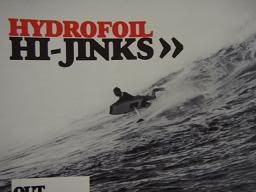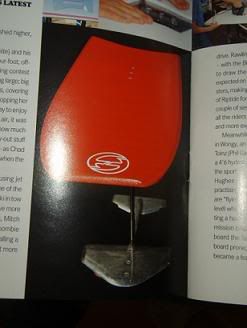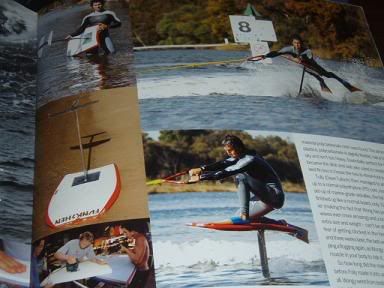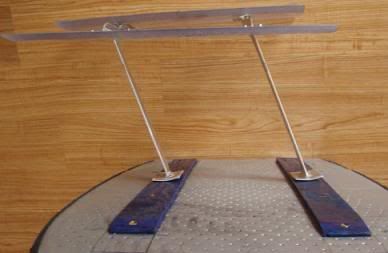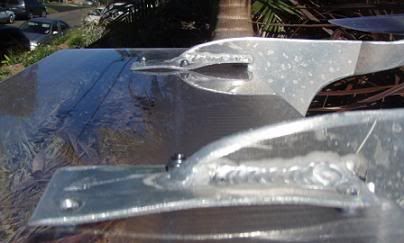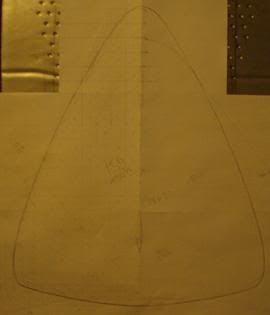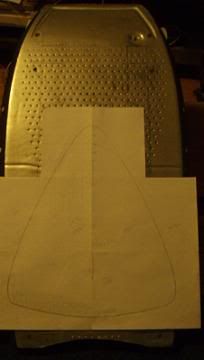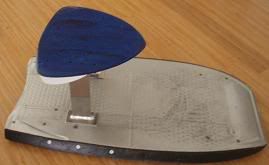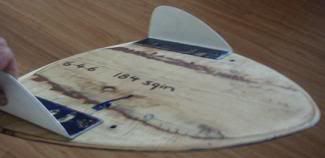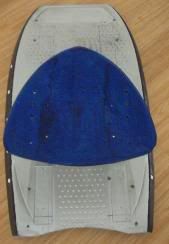Ive finished the foils and struts and Ive had a few surfs on them.
The whole kit is obviously heavier than a board alone but it floats just the same because I picked a thicker board to compensate. With all the extra area it does pick up quicker and shoots off down the line, at speed it does little airs or ollies if you lean back but if you ride conservatively it lifts up and smoothly does what it does. Even though its on a bodyboard it turns and feels like a longboard. It doesnt like to slow down/ stall for a tube but it likes to run ahead when the wave walls up further down the line. Its like a salivating young dog on a lead.
Using shorter struts has made it really stable, it does skip on the water surface at speed but it lifts back up straight away. The ‘pitch’ of the board is not as troublesome as it looks to be for Laird, he got lots of height from the long vertical strut but the foil setup he chose was designed for instability and vertical tricks behind a tow boat. The shorter struts put you in better control of board pitch.
I havent tried it on anything overhead or really hollow, honestly, its a bit fucking scary at full speed. A french guy had one wave and slid off and said “fuck its fast !” A few young guys saw me take a few waves at Burleigh and they just stared. Im keen to make a better foil, this one has a total foil area of ~ 320 square inches but I think if I can combine the same area into one foil then I will get full control for much sharper turns,( I can feel that there is a bit of fighting for control between the 2 foils when the wave gets steep.) Maybe put some wingtips and use flat ply/carbon layered foils. The current foils are only slightly foiled and they work fine.
No action pics yet but if I can get a mate to ride it I will certainly post the pics.



